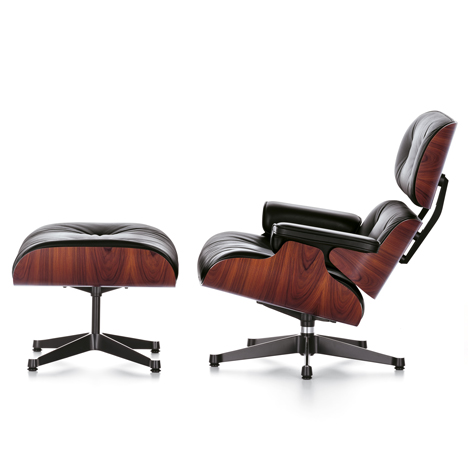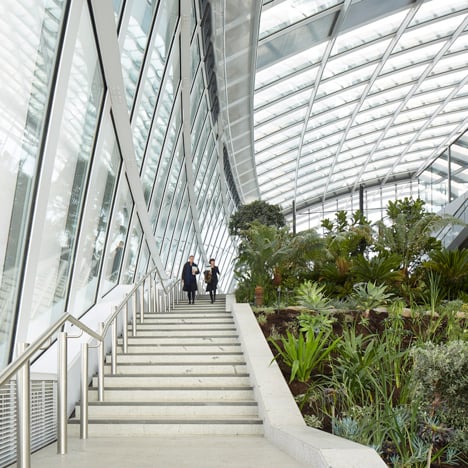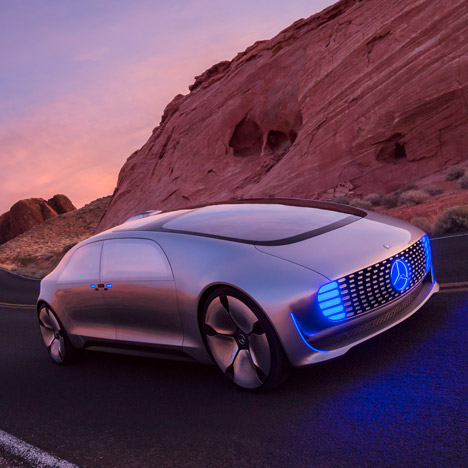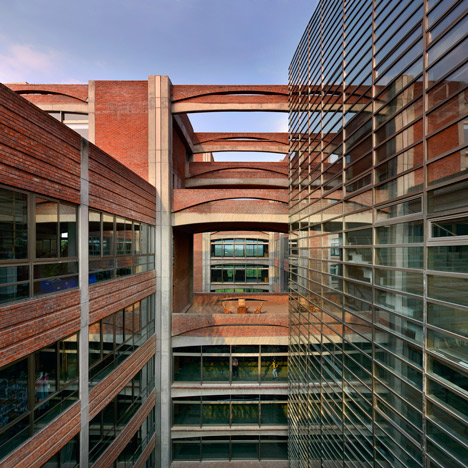
"I don't expect a bargain for good design, but fair prices would be a nice change"
Comments update: Tony Ash, managing director of furniture brand Vitra, says designers need protecting from copycats – but readers aren't sure that cheap rip-offs are the design industry's biggest problem.
"Copyists are eating away at the creativity of our industry," said Ash, who called on the UK to tighten up its intellectual property laws in a column for Dezeen last week.
"Why should these designers bother working anymore if their designs aren't even going to be protected? And if the designers lose their motivation, then where will the firms get their talent from?" he asked.
Some readers felt that companies were creating an environment for copycats to thrive in by charging too much for their products. Neil suggested that some copies might even offer better quality than official reproductions of classic products by designers like Charles and Ray Eames.
"The Eames' designed furniture for the masses," he wrote. "I'm sure if the Eames' had a choice between two manufacturers of equal quality, they would decide on the one that can mass-produce and sell for a tenth of the price."
"It would be a challenge to sway someone away from buying a copy, especially if what you say about finding higher quality copies is true," responded Denise Grayson. "It's snobbery, it would seem, not to offer the most basic designs at a realistic price. I don't expect a bargain for good design, but fair prices would be a nice change."
Matheson Harris MD jumped in to support Ash. "When you flood the market with lots of fakes, it drives down the value of everything – the fakes and the originals," he argued.
But Mario Fernandez said that copies forced the industry to keep innovating. "Designers need to differentiate themselves by offering something else: either a better quality product, a heritage behind them, or a better buying experience," he wrote. Read the comments on this story »

Public debate: Rafael Viñoly's controversial Walkie Talkie skyscraper in London was back in the headlines as the sky garden on its top three floors – used to help justify the bulbous shape of the building during planning – opened to the public.
While some commenters inevitably focused on the "airporty" aesthetics of the space, others were more concerned with its function.
"The ridiculous amount of bureaucracy one needs to overcome just to visit the 'public' space is simply ludicrous: visitor passes need to be applied for weeks (if not months) in advance, no liquids of more than 100ml can be carried, and groups of no more than 6 people at a time are permitted. What an absolute farce," wrote Sam.
"When a building housing around 4,000 people on a working day opens its roof garden to any member of the public, would you not expect some level of security and control of access and numbers, given the current political climate?" countered Lou. Read the comments on this story »

Driverless futures: Mercedes Benz's latest concept car offered a vision of the future where autonomous vehicles could act as mobile living rooms. Its bulbous design and swivel seats weren't quite futuristic enough for some readers.
"I know we don't like radical change, but it would be great to see a concept design based on user research. And why would we not want to have the option to stand up in our living environment?" asked goAWAYgirl.
"Driverless cars will comply with speed limits, so streamlining a vehicle to the detriment of the interior space will become a thing of the past," suggested Leo. "This car isn't being honest in its intent. It's just a marketing exercise for Mercedes."
"I have the same problem with the design of many electric cars where they just put a second booth where the engine used to be," added Anders. "Although, aerodynamics are not only about going fast but also energy efficiency." Read the comments on this story »

Brick alternative: a red brick office building in northern India by SPA Design offered a refreshing break from the glass and steel buildings that have come to typify office design around the world.
"I really hope Indian corporate clients take note of this building because this is the exact change we need in this sector, which is currently run by clients' blind love towards glass facades and western 'looks'," wrote v.
"The layering and depth of the archways is simply beautiful. Looks like a great building to work in, job well done," added spadestick. "Pity most office buildings in India and around the globe are simply bland."
Others compared the building to the work of influential 20th century architect Louis Kahn. "Kahn's legacy serving India well, with such beautiful and well-mannered architecture," commented HRB. Read the comments on this story »